With a booming art market scene, the Philippines has been witness to sold-out shows, pieces valued by the millions, and events such as the very first Manila Biennale as icing on the renaissance cake.
Galleries and exhibition venues have also multiplied, making artwork accessible for both collectors and spectators. Now, a conversation about making art part of one’s investment portfolio is taking shape, striking a balance between profit and genuine appreciation.
Where to Start
“When you decide to do an art collection, you must first love the art. Because to be honest, if the price does not really appreciate, it will be hanging on your walls for so many years. So you better love what you are buying,” said Sun Life Chief Market Development Officer Mike Manuel, who inherited an interest in collecting artworks from his father.
Mr. Manuel’s curation reflects his changing tastes, a testament to how art can serve as a marker of milestones and distinction. This is the reason that among the things he looks for in a piece, such as personal fondness and signature technique, seeing it as an investment is furthest from his mind. However, he understands that one must also get value when purchasing a work of art.
Both amateur and seasoned collectors should be wary of fakes, which are abundant even in an emerging market like the Philippines. When buying a particular piece, Mr. Manuel advises to “be sure of its authentication” and to check its auction prices and previous transactions.
Many factors determine cost, from reputation to popular demand for a particular style, so one’s personal judgment and budget should serve as anchors when introducing art into one’s investment mix.
How to Grow
Art as investment is exactly what motivated Sun Life Philippines President Mr. Alex Narciso to build his own collection three years ago. With the goal of diversifying his portfolio, he is strategic and purposive in his selection.
When asked to describe his choices, he said he hopes to use the “Masters” or works by National Artists to fund his retirement. On the other hand, he is also betting on the next great generation, what he calls his “speculative choices.”
Moreover. Mr. Narciso’s passion for collecting art pieces has even inspired a retirement income source: an online auction. He regards it as the most democratic platform, even encouraging amateurs to begin their own curation in this particular space. But he also warned of “beginner’s errors” such as underestimating how difficult it could be to unload as well as additional costs such as for proper storage. In fact, his enthusiasm in snapping up pieces when he started resulted in him being “ready to unload a fourth of my collection.”
Still, like Mr. Manuel, Sun Life’s new President sees art beyond its financial ROI (return of investment). As a Philosophy major, he treats art as a vehicle for reflection and meaningful insight. He also admires its benefits as a social currency and a marker of sophistication. At the end, it should always hit a personal note: “It is like going back to the things I love.”
And on the question if art is a good investment, Mr. Manuel has this to say: “Is art a good investment? It really depends on what you are collecting, and what people want to collect. Because these are two things that may not jive. What you want may not be what people want. And what you don’t want may be what people want.”
Bright Ideas: Tips in starting your art collection
- Love what you are buying.
- Do your research. Go to different resources: internet, galleries, art fairs.
- Watch out for fakes. Be sure of its authenticity.
- Know when to buy – check out galleries on the last week of the month or the last few days of an exhibit.
Are you also interested in investing in art? Like with any financial investment, studying the scene is a must. You would also need to consider the possibility that you might end up getting attached to the piece rather than opening it up for auction. As with any investment, investing in art pieces has its pros and cons, but it can be a valuable mix to your current asset portfolio. The key is diversification. Along with art assets, there are also financial instruments like mutual funds to broaden your portfolio.
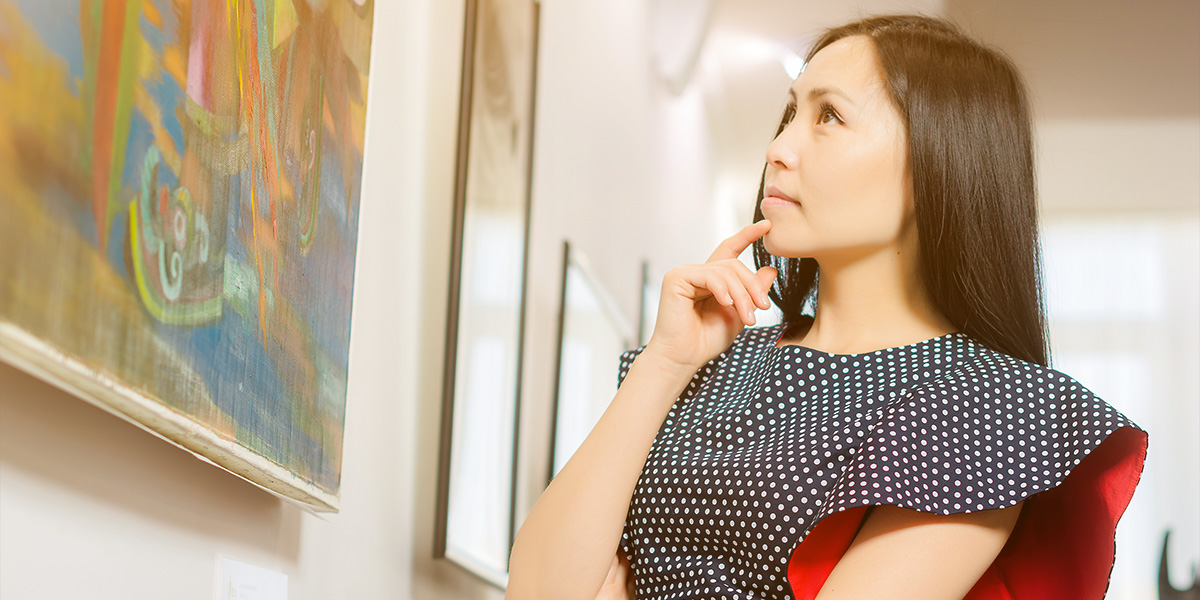
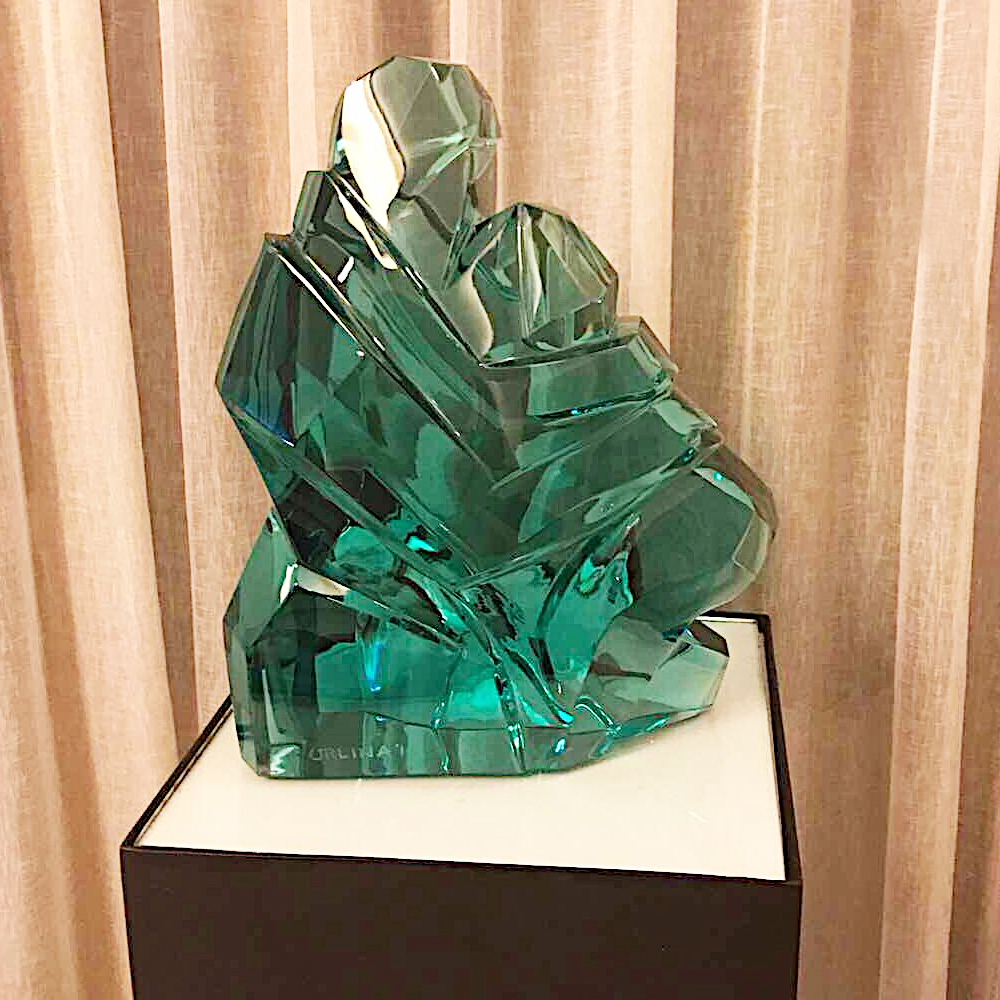
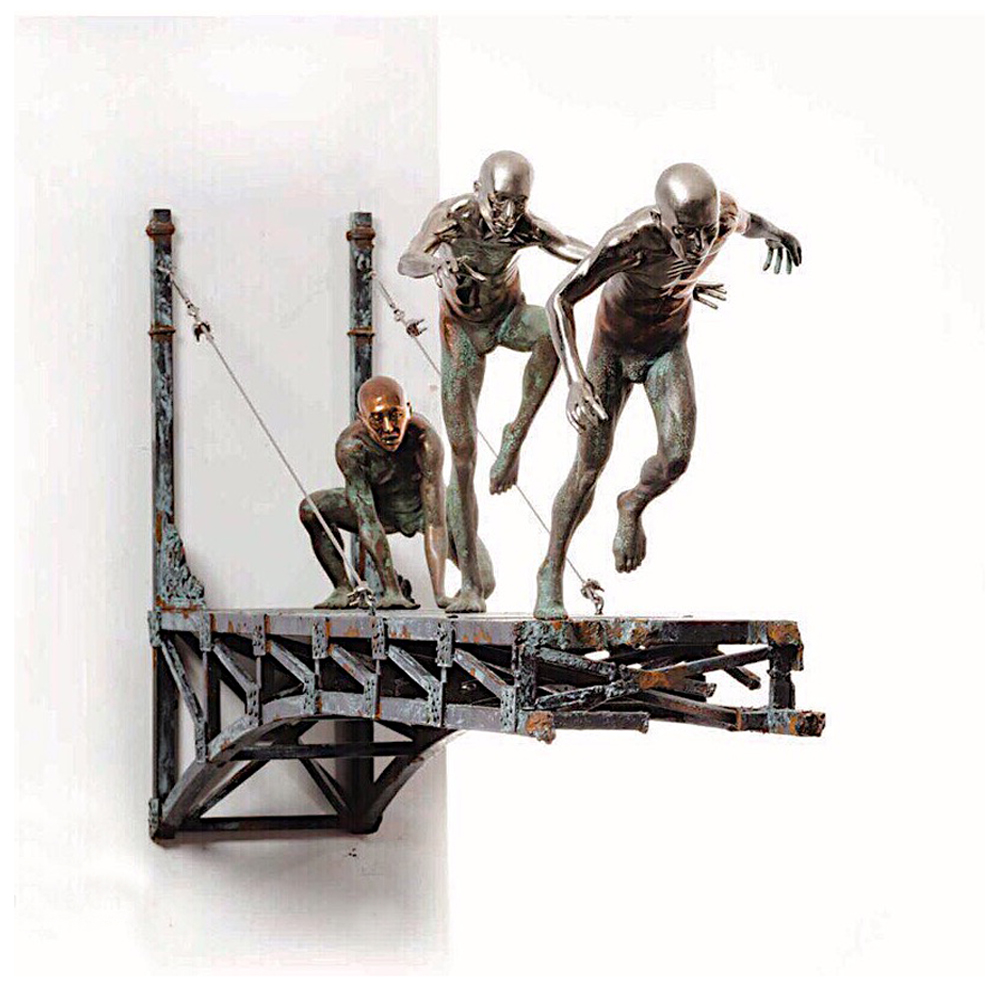
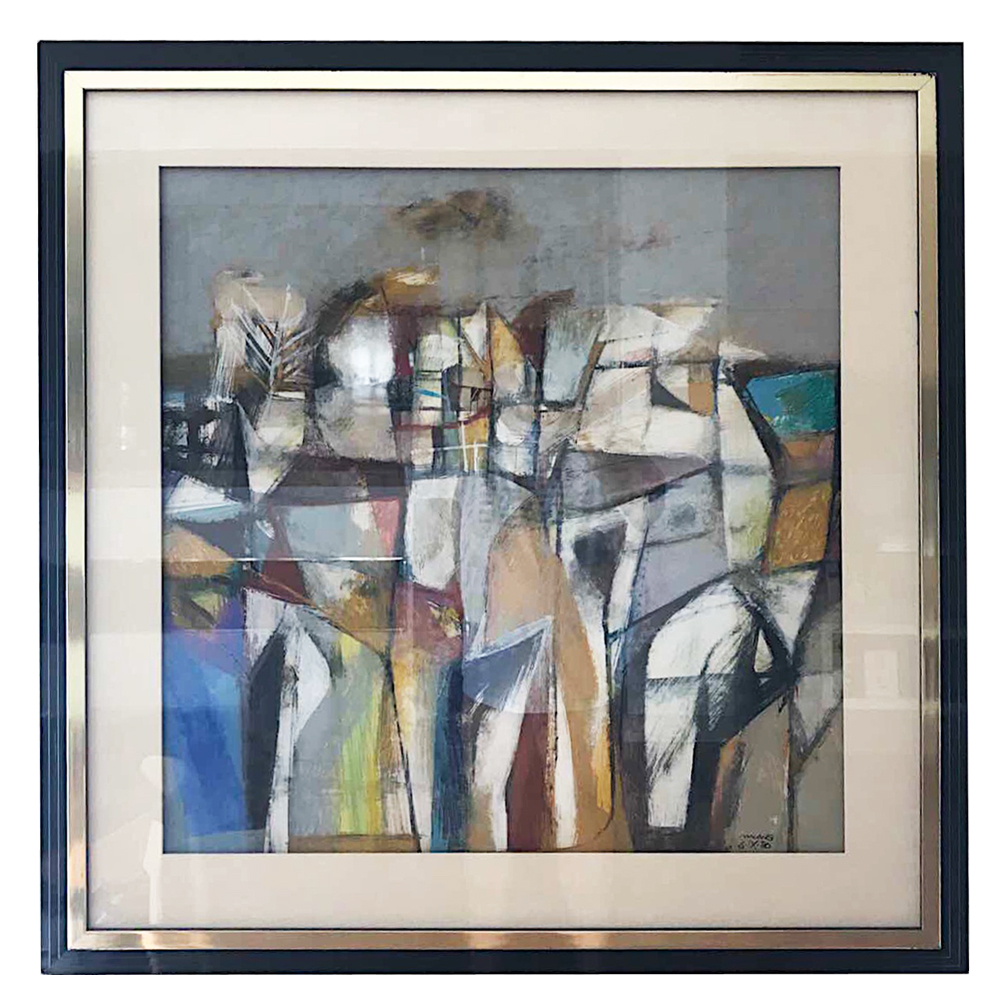
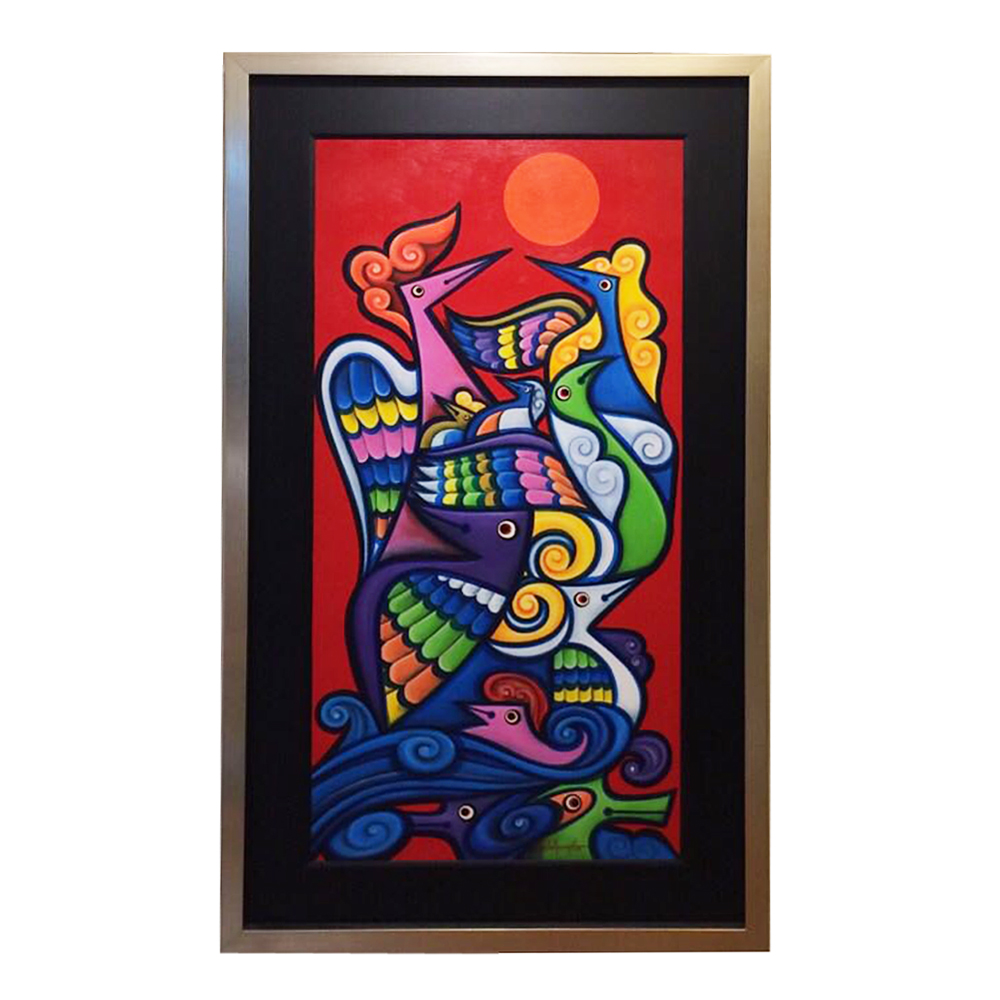
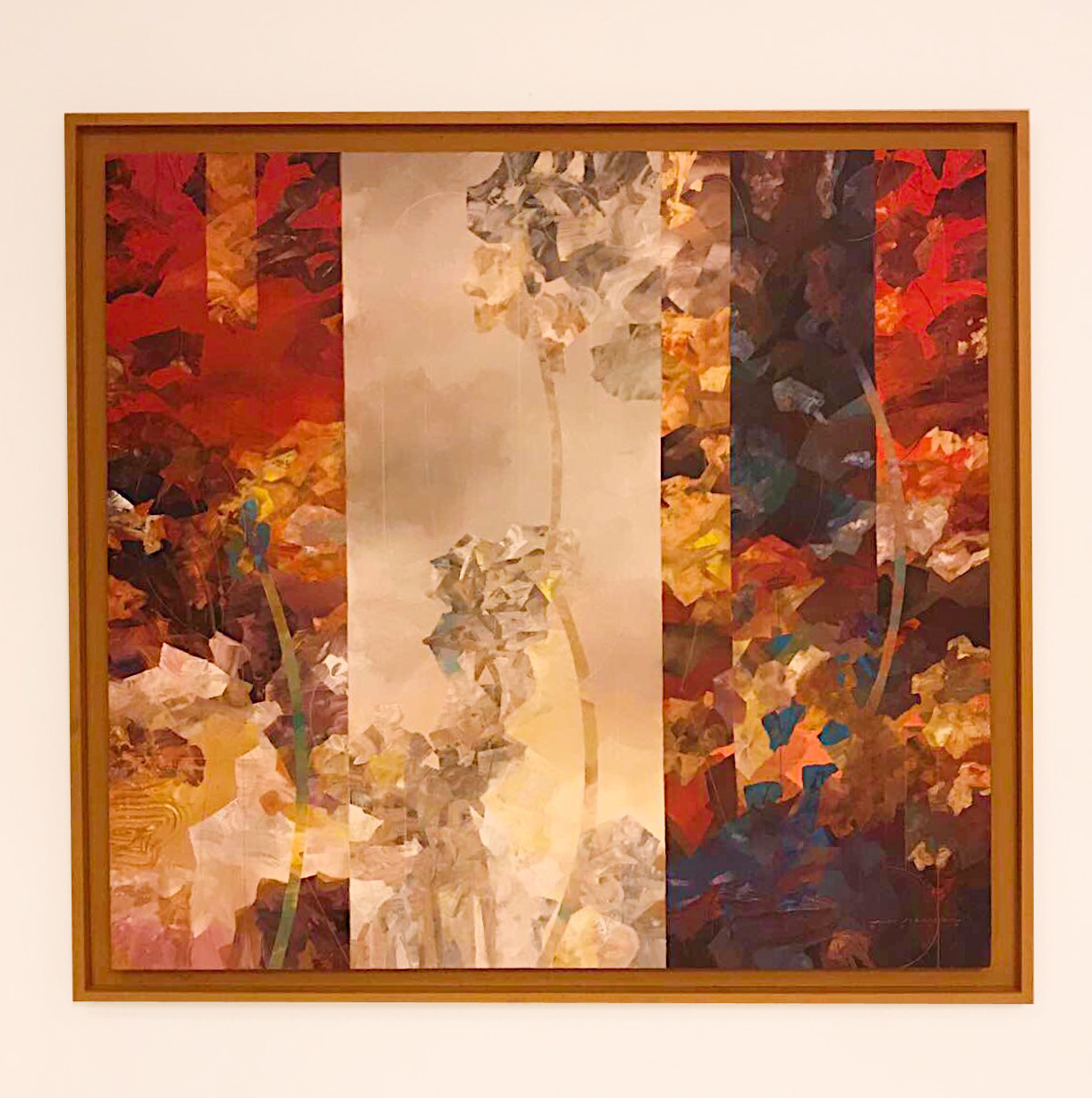
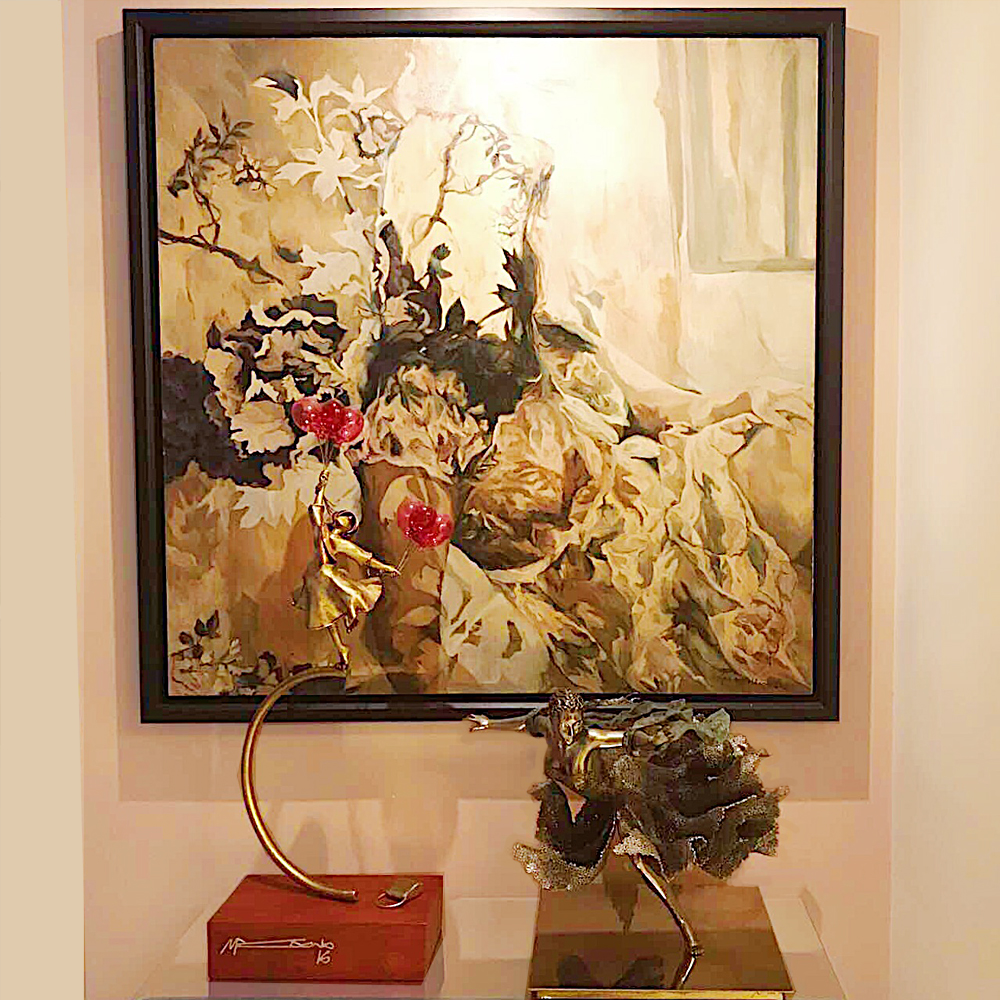
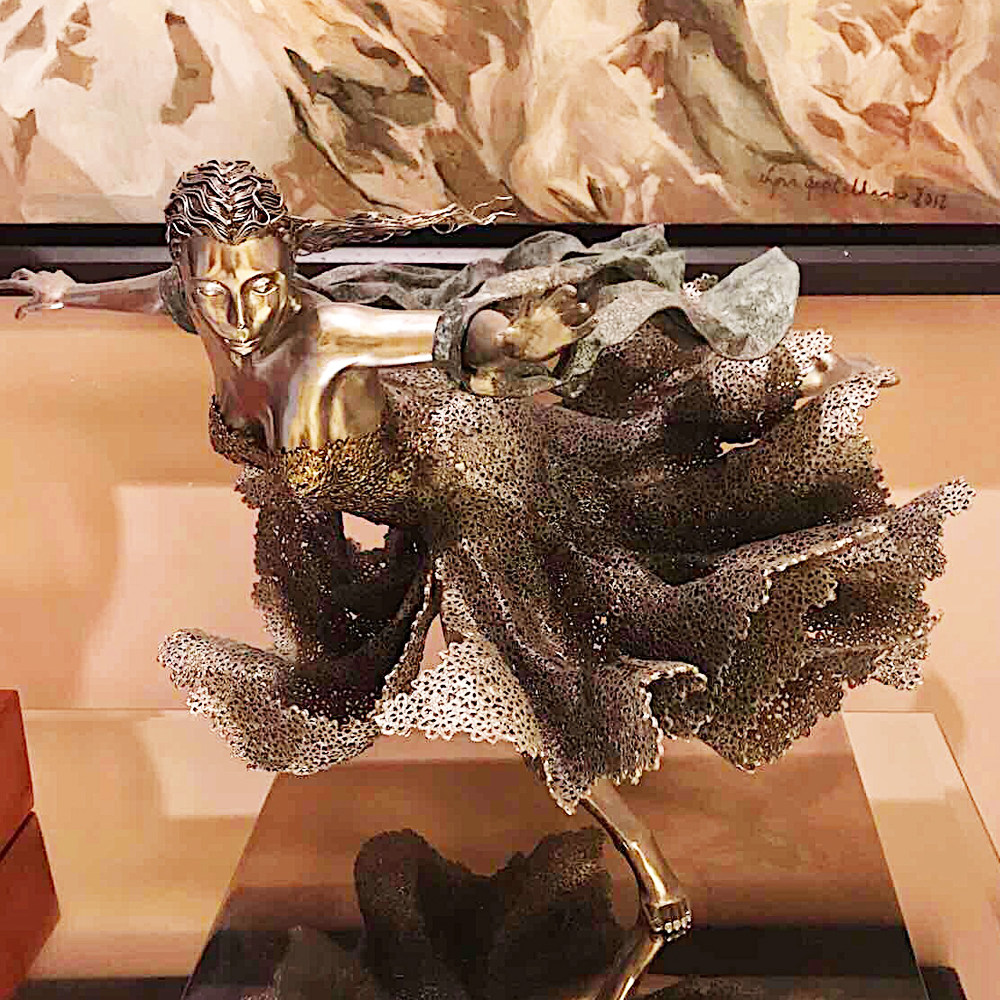
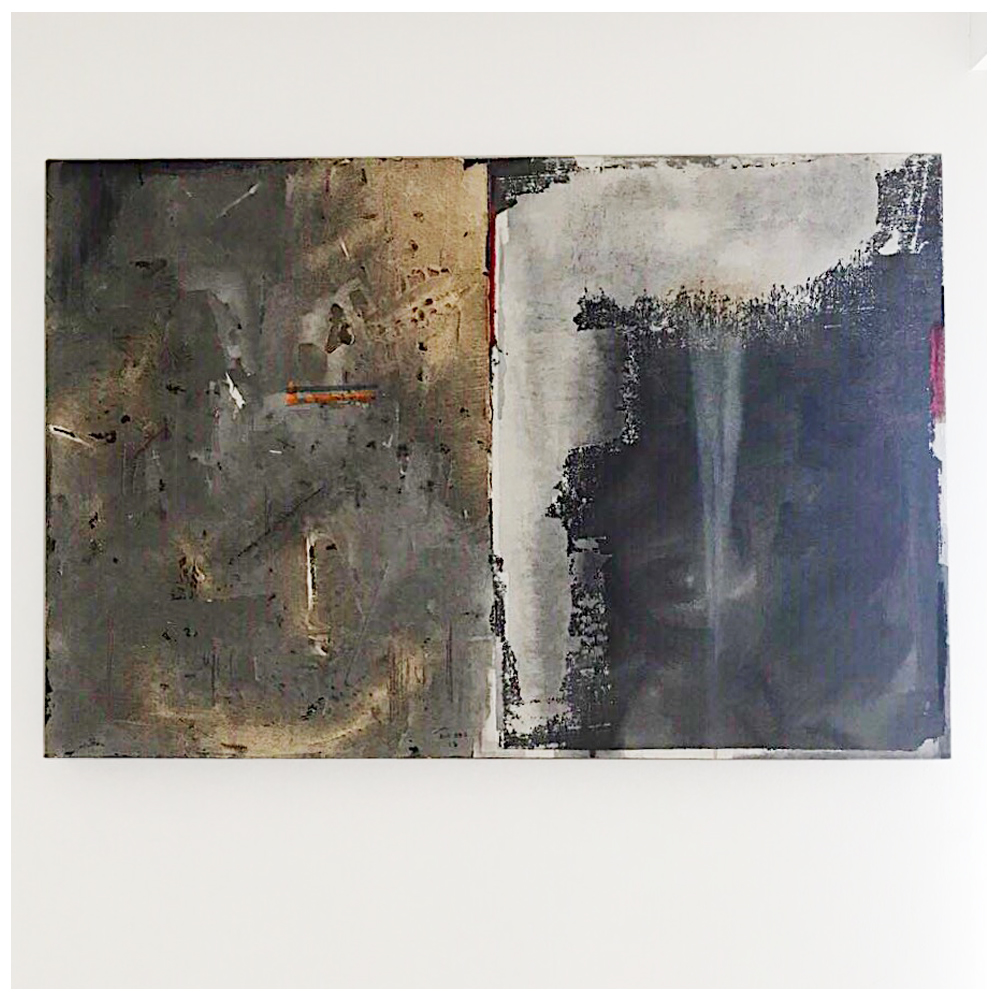
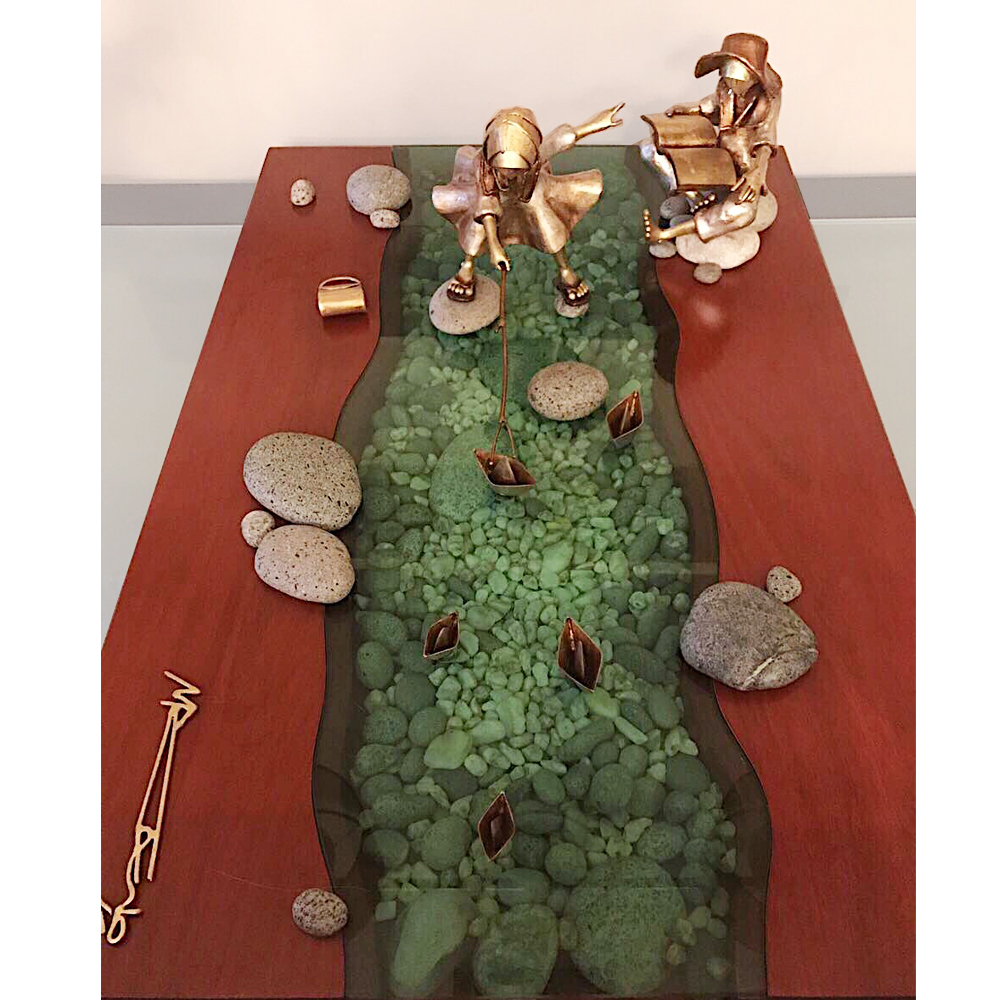
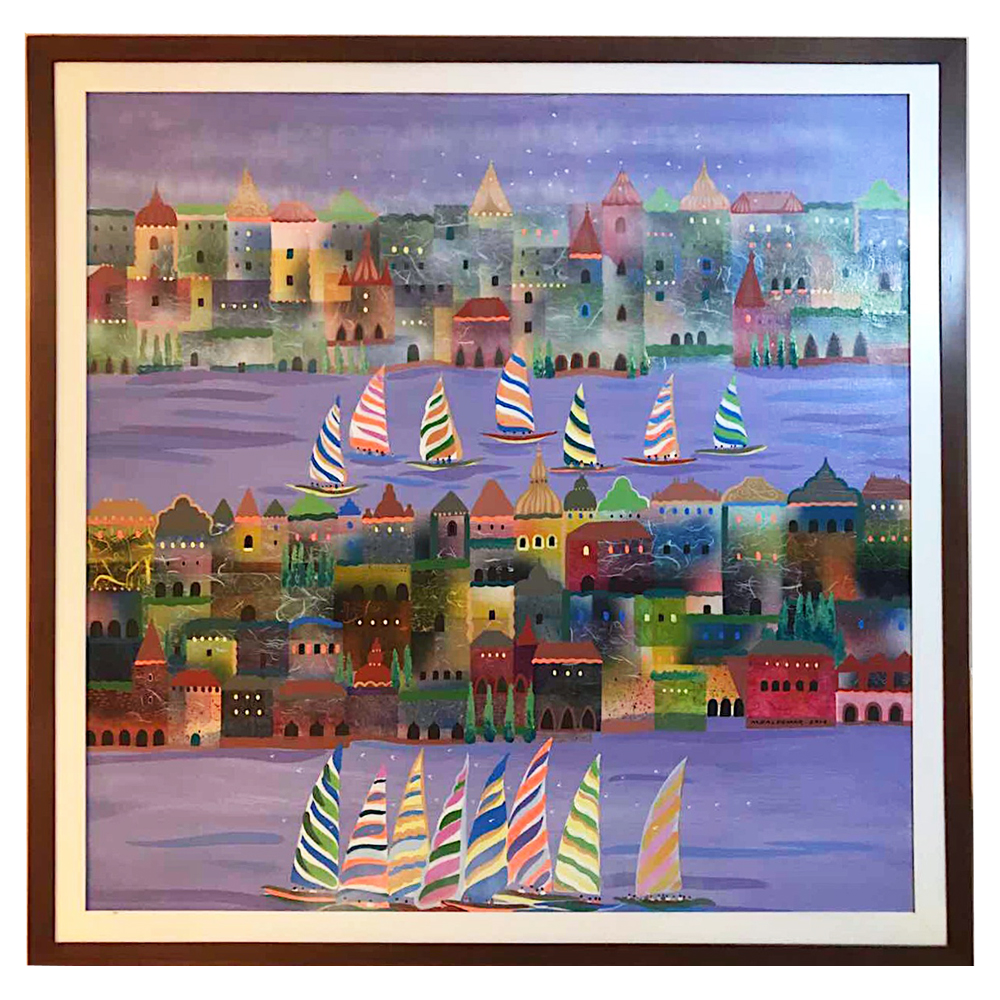
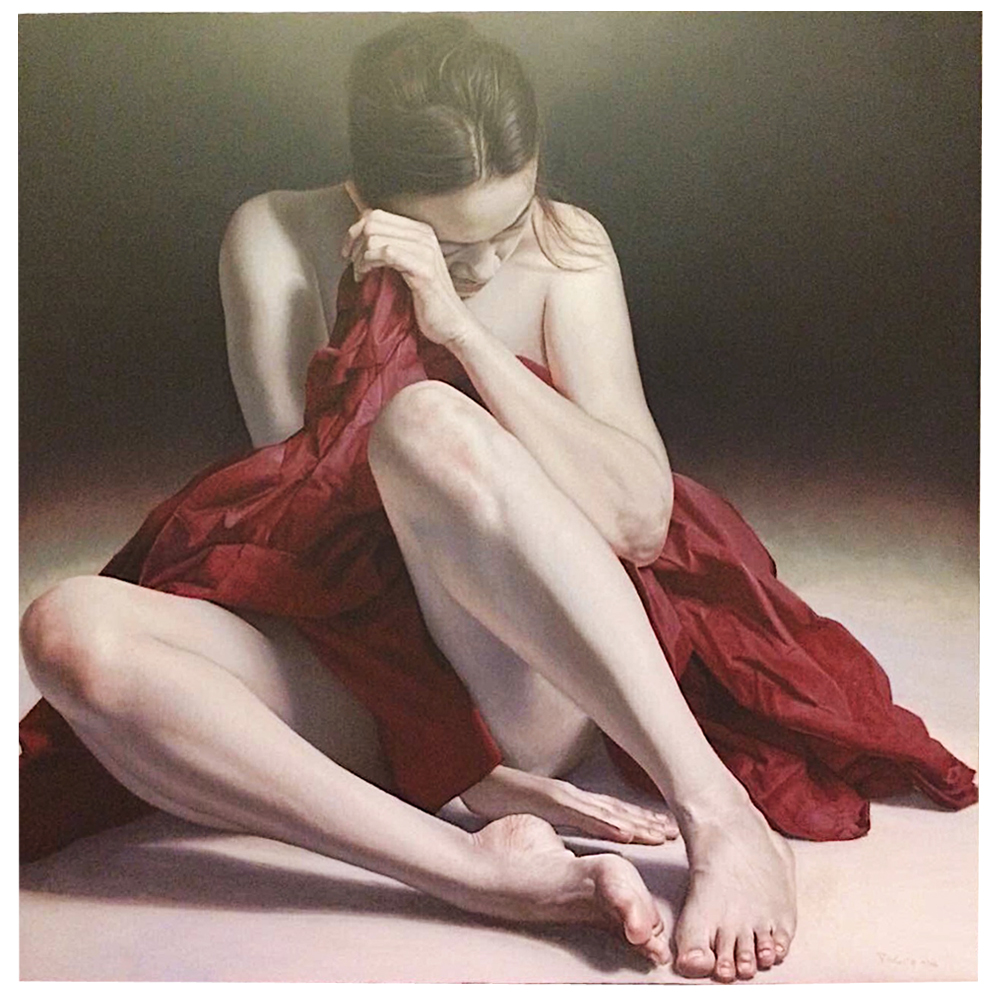
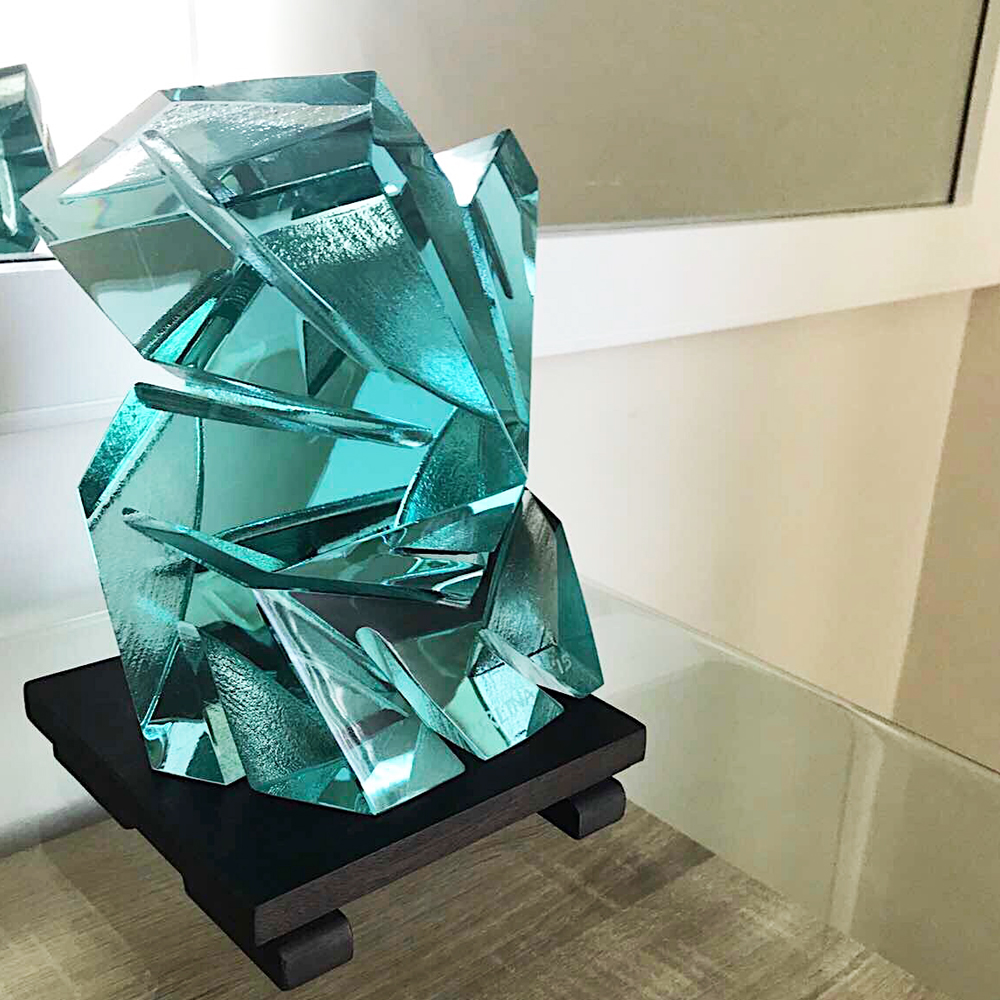
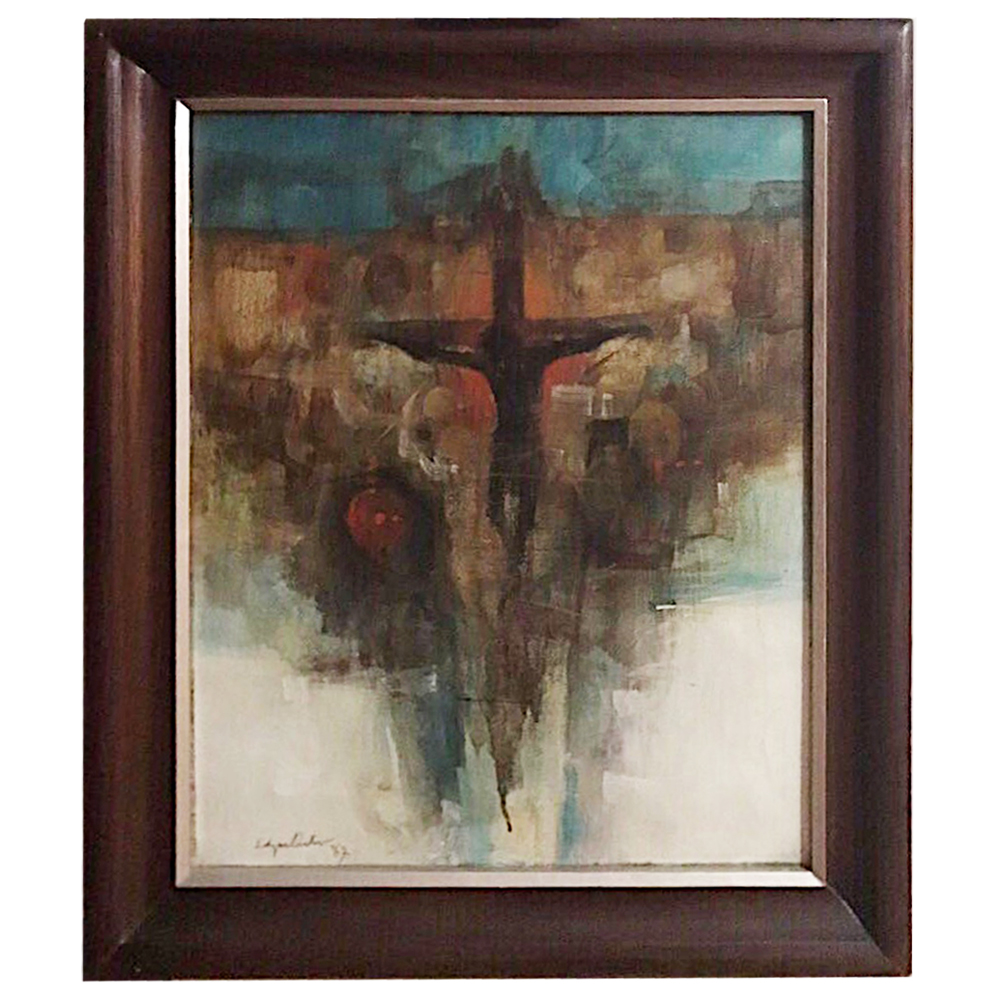
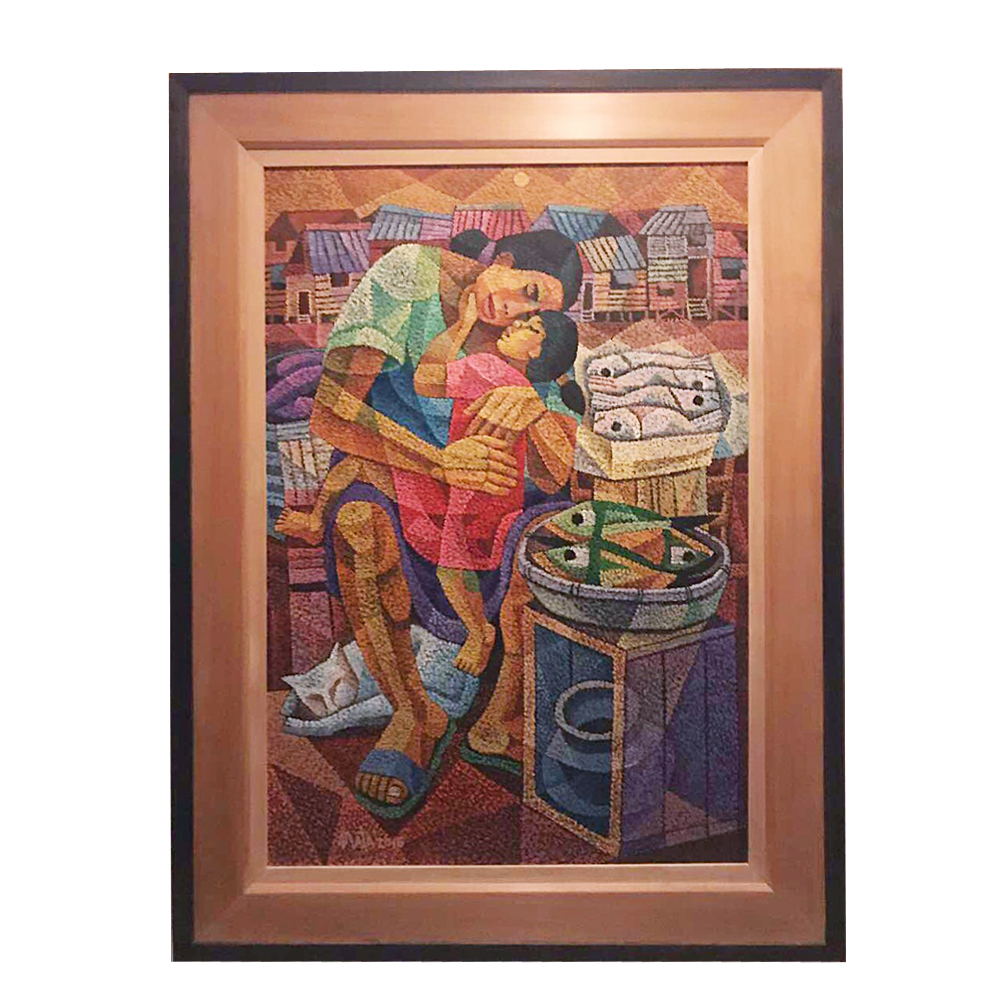
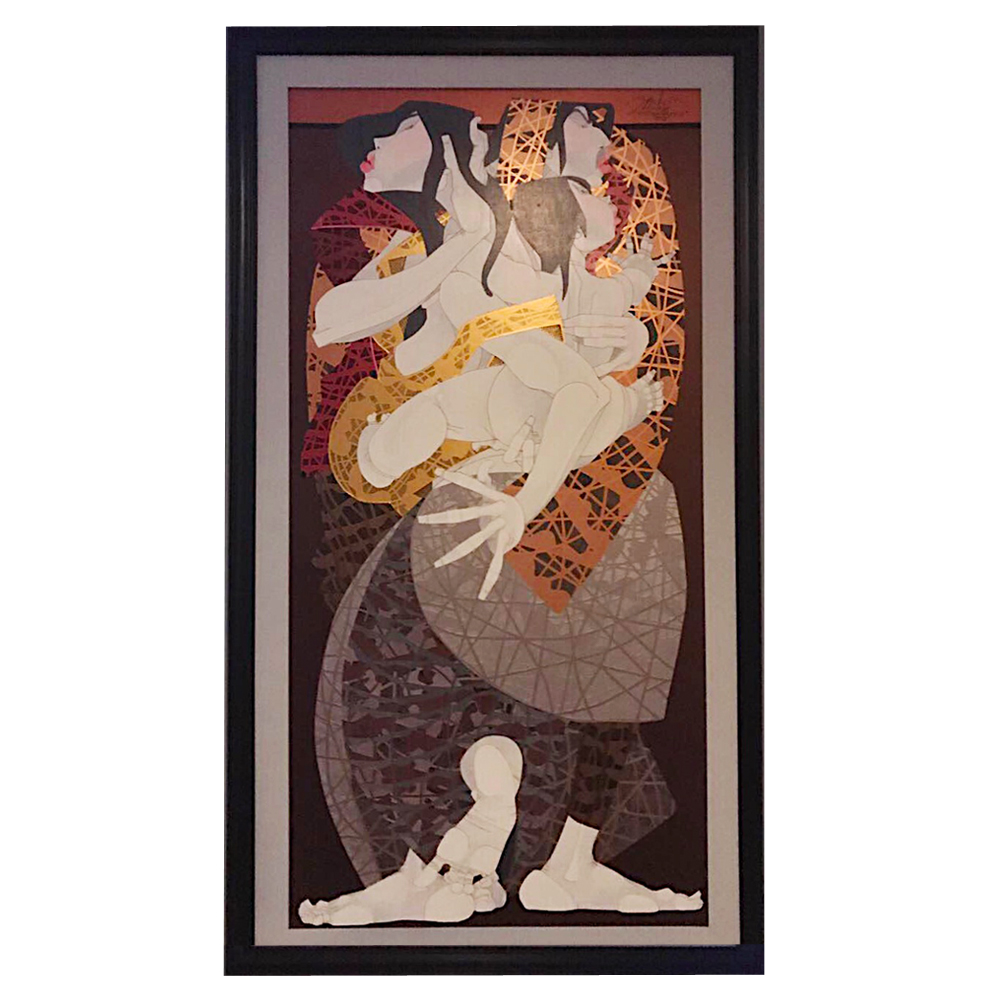



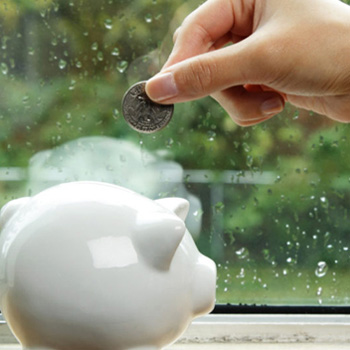






.png)

